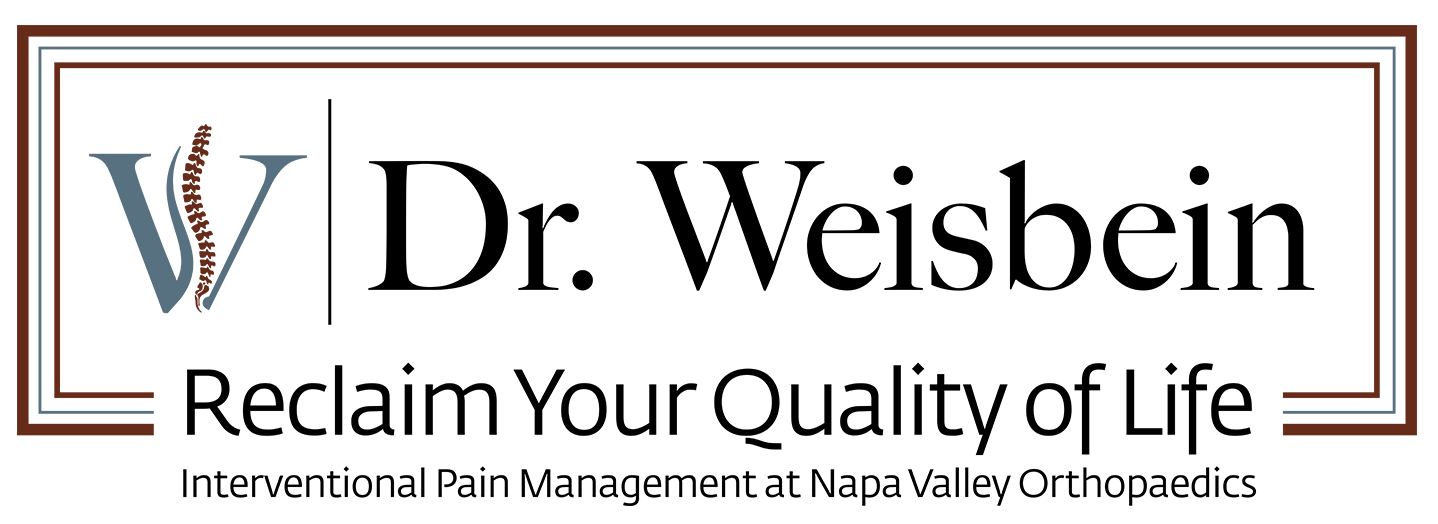Spinal Cord Stimulation
If you suffer from chronic pain and haven’t responded to conservative treatments, spinal cord stimulation might be the solution you’ve been searching for. Dr. Weisbein and her experienced pain management team can surgically implant a spinal cord stimulator to offer you long-lasting pain relief.
What is spinal cord stimulation?
A spinal cord stimulator is a specialized device Dr. Weisbein can implant under the skin between your vertebrae and spinal cord to send low levels of electrical impulses into your spinal cord for chronic pain relief. You might be a good candidate for spinal cord stimulation if nonsurgical pain treatments haven’t worked and you suffer from:
Post-surgical pain
Back pain
Nerve pain
Heart pain
Spinal cord injuries
Pain after amputation
Complex regional pain syndrome
Peripheral vascular disease
Visceral abdominal pain
Spinal cord stimulation can also improve your sleep and quality of life, and reduce the need to take pain medicines for relief.
How do spinal cord stimulators work?
A spinal cord stimulator contains electrodes and a small generator. Triggered by remote control, it sends electrical impulses through your spine when you feel pain. While the exact way spinal cord stimulators work isn’t entirely clear, they appear to affect how your brain senses pain by replacing discomfort with slight tingling sensations you may or may not feel.
What happens during spinal cord stimulator placement?
Spinal cord stimulator surgery is often a two-step process. First, Dr. Weisbein implants a temporary device into your spine to determine how well it works for you. After about a week, the temporary device is removed. If it’s effective, she can insert a permanent stimulator underneath your skin after using local anesthesia, so you don’t feel any pain. You remain awake during the procedure but may receive a sedative.
Once your new generator and electrodes are connected, Dr. Weisbein closes your incision. The procedure might last about 1-2 hours and is usually an outpatient procedure.
To view an educational video and additional information on spinal cord stimulation and the type of device that may be used, click on this link:Proclaim XR.
To view an educational video and additional information on dorsal root ganglion stimulation and the type of device that may be used, click on this link:Proclaim DRG.
What should I expect after surgery?
After spinal cord stimulator implantation, you recover for some time and usually go home the same day. Your incision site might be sore for a few days while it heals. Dr. Weisbein may recommend you avoid vigorous activity for about two weeks.
When you feel discomfort, use the remote control that works with your spinal cord stimulator to send electrical impulses to your spine for pain relief. Attend routine follow-up appointments as recommended by Dr. Weisbein.
Don’t live with chronic pain or give up if conservative options haven’t worked for you. Call (707) 254-7117 to schedule an appoinment with Dr. Weisbein for an expert diagnosis and customized care.
